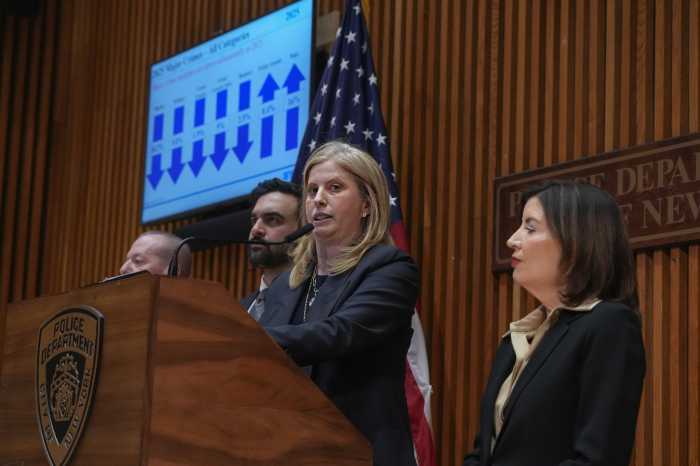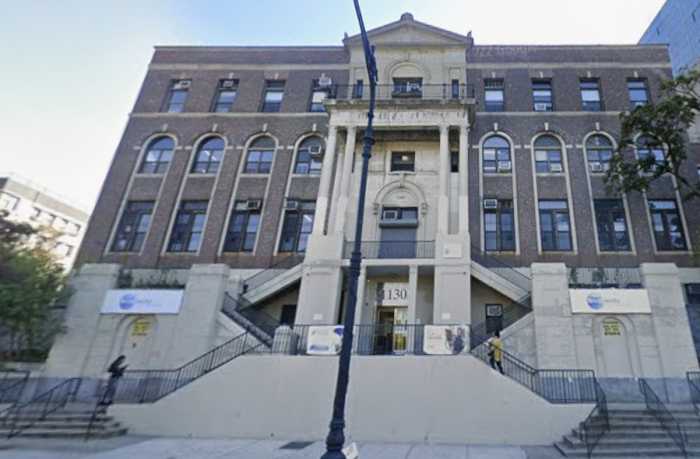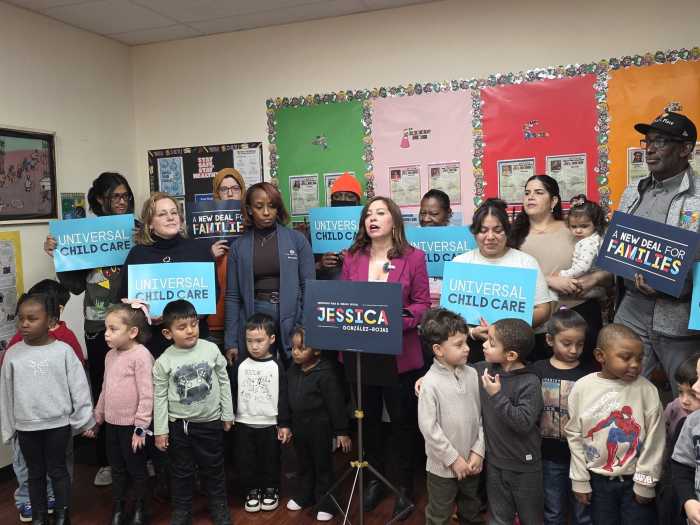
The city’s unemployment rate hit a historic low this spring, with a record 4.05 million residents working, according to an analysis released Monday.
The unemployment rate during the last quarter — spanning April, May and June — fell to 4.2 percent, which is the lowest rate on record, according to Comptroller Scott Stringer. The unemployment rate was slightly higher — 4.3 percent — during the first quarter of 2018, Stringer said.
Unemployment was lowest in Queens and Manhattan, with rates of 3.4 and 3.5 percent, respectively. Staten Island had a 3.9 percent unemployment rate, while Brooklyn’s hit 4 percent, according to the comptroller’s analysis. At 5.3 percent, the Bronx had the highest unemployment rate of the five boroughs.
All five boroughs experienced their best second-quarter unemployment rates to date, Stringer said. Employment grew to nearly 4.05 million, which Stringer said marks a record high for the number of working New York City residents.
The city added 13,800 jobs last quarter, but some sectors shed workers, according to the analysis. Construction and other housing-related work lost 1,900 jobs, and government employment fell by 1,200 positions, the analysis found.
While Stringer described the employment statistics as positive, he also warned of pitfalls that can accompany such gains.
“We must take advantage of our city’s strong economy now, and set the foundation for long-term growth that lifts everyone up — that means linking local residents with good-paying local jobs, bold ideas to make housing more affordable and thinking outside the box on issues from child care to transportation,” Stringer said in a statement.
“These numbers are good signs, but there are risks to the continued expansion,” he added. “Between rising federal deficits and a possible trade war, it is more important than ever to prepare for the future.”




































